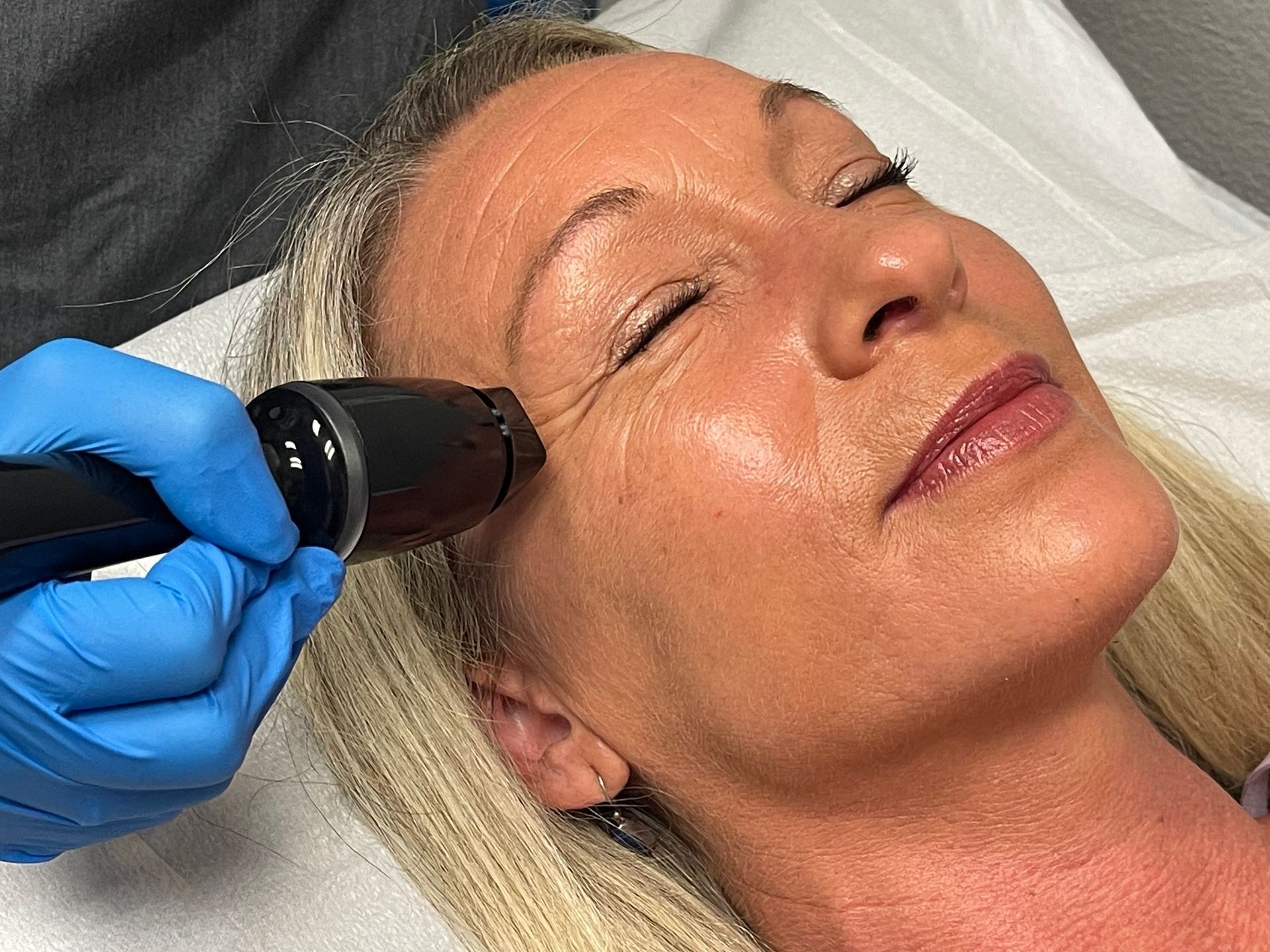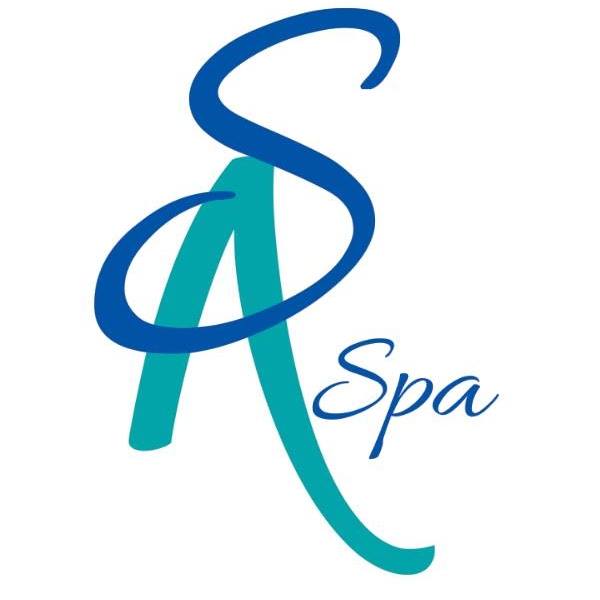Radiofrequency Microneedling
in St Augustine
Radiofrequency microneedling is a cosmetic procedure. It uses tiny needles and radiofrequency waves to rejuvenate facial skin.
The treatment is a form of controlled skin injury. The damage stimulates the growth of healthy new skin, which can benefit common skin issues like acne scars and wrinkles.
Compared with treatments like chemical peels and dermabrasion, radiofrequency microneedling is minimally invasive. Read on to learn about the procedure, side effects, and benefits.

What is radiofrequency microneedling?
Microneedling uses a fine needle to create microwounds, or channels, in the skin. This triggers the production of capillaries, elastin, and collagen. It’s also called skin needling or collagen induction therapy.
If the procedure also uses radiofrequency waves, it’s called radiofrequency microneedling. The needle releases radiofrequency into the channels, causing additional damage. This enhances the effects of standard microneedling.
The skin that grows back is thicker and smoother. This can target:
fine lines
wrinkles
stretch marks
appearance of large pores
acne scars
scars from injury or surgery
hyperpigmentation
loose, sagging skin
cellulite
hyperhidrosis
Who’s an ideal candidate for radiofrequency microneedling?
Radiofrequency microneedling is considered safe, but it isn’t appropriate for everyone. You may be an ideal candidate if you:
- are in good health
- have early signs of aging
- have realistic expectations
- Alternatively, you should avoid the treatment if you: currently or recently used
Accutane
- have an active cold sore breakout
- have a skin infection
- have a moderate to severe skin disease (like psoriasis)
- are receiving chemotherapy or radiation therapy
- are pregnant
- are taking anticoagulants
- have a history of keloids, hypertrophic scarring, or poor wound healing






